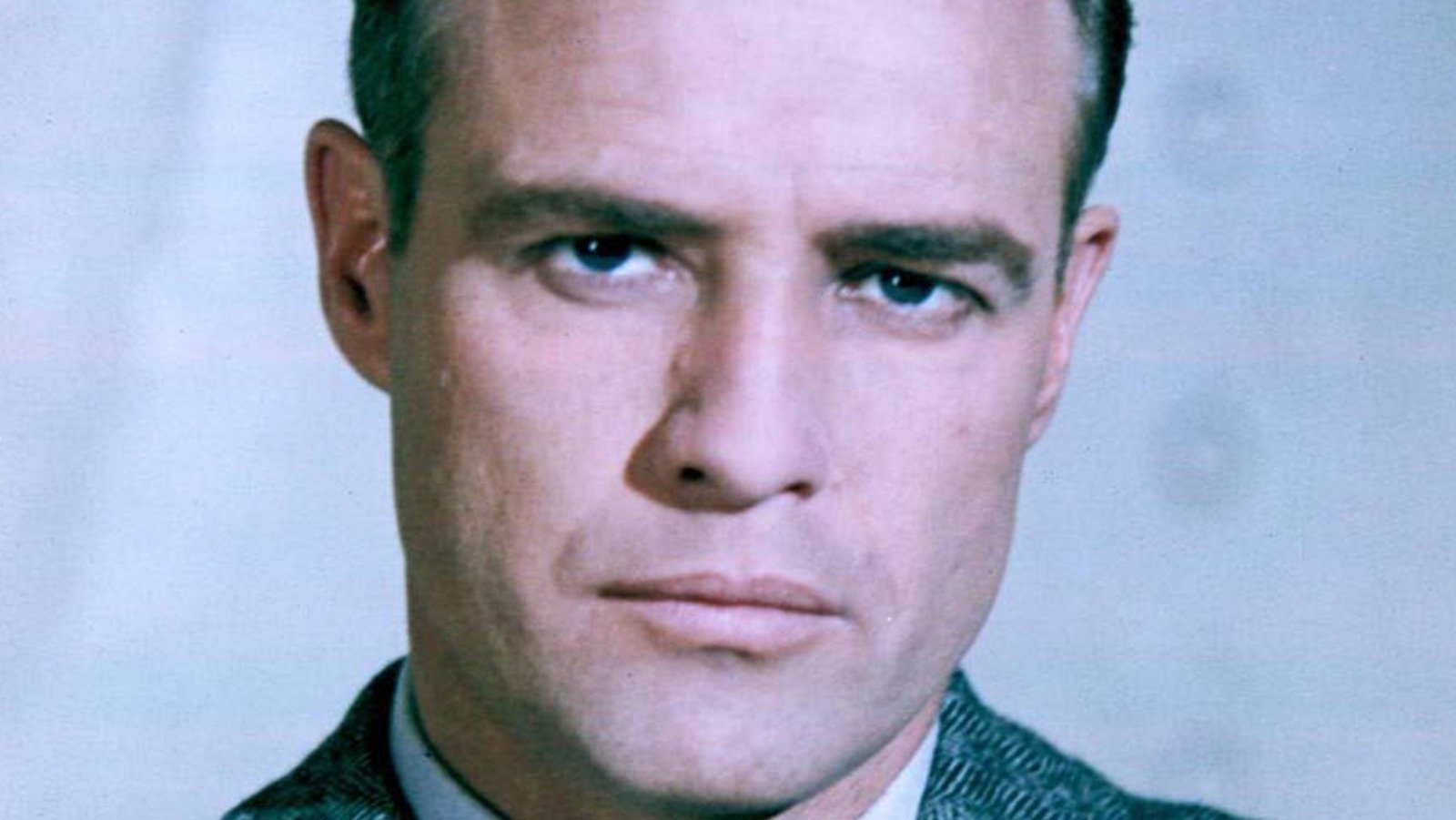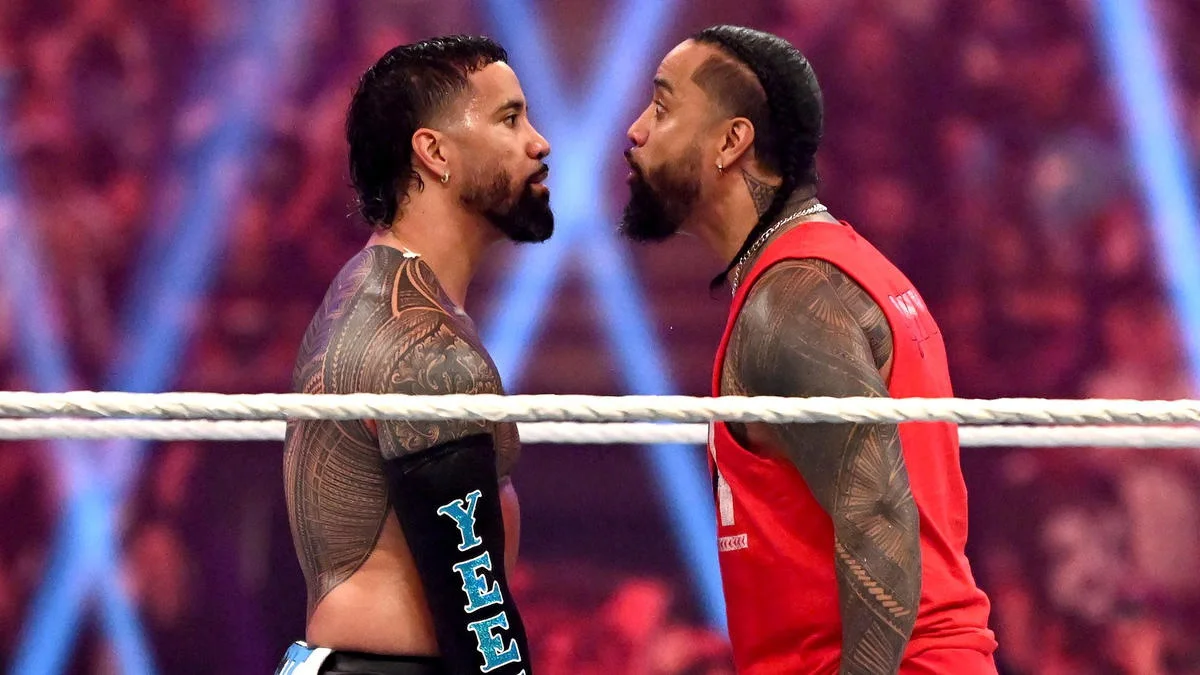In the pantheon of cinematic legends, few names resonate as powerfully as Marlon Brando. An actor whose performances transcended the boundaries of traditional acting, Brando was not just a star; he was a revolutionary force in the craft of acting. His approach, rooted in the Method acting technique, dramatically altered the landscape of performance art and laid the groundwork for generations of actors to come. This article delves into how Brando influenced acting, the principles of Method acting, and the enduring legacy of his revolutionary approach.
The Rise of Method Acting
Before Marlon Brando, acting was often characterized by a more theatrical style, heavily influenced by the naturalism of earlier performances. Method acting, which emerged from the teachings of Konstantin Stanislavski, sought to bring a deeper emotional authenticity to performances. Here are some key elements of Method acting:
- Emotional Memory: Actors draw upon their own life experiences to bring authenticity to their characters.
- Sense Memory: This technique involves recapturing sensory experiences to evoke genuine emotions.
- Improvisation: Encouraging spontaneity and organic reactions to foster a more authentic performance.
- Character Immersion: Actors live as their characters off-stage to internalize their emotional and psychological states.
Brando, who studied at the Stella Adler Studio and was influenced by Lee Strasberg, was one of the most prominent figures to popularize Method acting in mainstream cinema. His first major film role in “A Streetcar Named Desire” (1951) not only showcased his talent but also introduced audiences to a new style of acting that felt raw and immediate.
Brando’s Breakthrough Role: A Streetcar Named Desire

In “A Streetcar Named Desire,” Brando played Stanley Kowalski, a character that embodied the essence of Method acting. His performance was electrifying and set a new standard for acting in films. The portrayal was characterized by:
- Raw Emotion: Brando’s ability to convey visceral emotions made his character both relatable and terrifying.
- Physicality: He brought a physical presence to the role that was both aggressive and vulnerable, redefining masculinity on screen.
- Authenticity: By immersing himself in the character’s struggles, Brando delivered a performance that felt genuine and unfiltered.
This role earned Brando his first Academy Award nomination and is often cited as a turning point in cinematic history. Critics and audiences alike were captivated by this new form of realism, which contrasted sharply with the more stylized performances of the past.
Impact on Future Generations
Marlon Brando’s influence on acting extends far beyond his own performances. His embrace of Method acting inspired a myriad of future actors, directors, and playwrights. Some notable figures influenced by Brando include:
- Robert De Niro: Known for his intense preparation, De Niro has often cited Brando as a significant inspiration.
- Al Pacino: Pacino’s ability to blend emotional depth with dramatic intensity is a hallmark of Method acting.
- Leonardo DiCaprio: DiCaprio’s commitment to roles often reflects the immersive techniques popularized by Brando.
These actors have not only carried Brando’s legacy forward but have also adapted and evolved the principles of Method acting to fit contemporary narratives and styles. Brando’s impact can also be seen in various acting schools that emphasize emotional truth and character immersion, ensuring that his methods continue to shape future talent.
Case Studies: The Evolution of Acting Styles

The evolution of acting styles since Brando’s rise to fame can be observed in a few key films and performances:
- The Godfather (1972): Brando’s portrayal of Vito Corleone is a masterclass in understated performance. His method of using subtle gestures and a unique vocal cadence transformed how audiences perceive power and authority on screen.
- On the Waterfront (1954): In this film, Brando showcased his ability to convey internal conflict through physicality and emotional depth, further solidifying his status as a Method acting icon.
- Last Tango in Paris (1972): This controversial film highlighted Brando’s willingness to push the boundaries of performance, showcasing raw vulnerability and complex emotional layers.
These performances not only demonstrate Brando’s versatility but also illustrate how his approach to acting influenced the narratives and character development in Hollywood. His legacy is evident in the way modern filmmakers craft characters that resonate with audiences through emotional authenticity.
The Legacy of Marlon Brando

Marlon Brando’s influence is not limited to his performances; it extends to the very fabric of modern cinema. Here are some key aspects of his legacy:
- Redefining Masculinity: Brando challenged traditional notions of masculinity, portraying complex, vulnerable male characters that resonated with audiences and set a new standard for Hollywood.
- Authenticity in Performance: His commitment to emotional truth set a precedent for actors, leading to a more genuine representation of characters in film.
- Collaborative Filmmaking: Brando was known for his collaborative spirit, often working closely with directors and fellow actors to enhance the storytelling process.
Brando’s contributions to film were not without controversy; his off-screen behavior and political activism often overshadowed his artistic achievements. Nonetheless, his ability to evoke empathy and understanding through his performances remains unparalleled.
Conclusion: The Enduring Influence of Marlon Brando

Marlon Brando changed the landscape of acting forever. By embracing the principles of Method acting, he brought a new level of emotional depth and authenticity to the screen, inspiring countless actors who followed in his footsteps. His groundbreaking performances in iconic films like “A Streetcar Named Desire” and “The Godfather” continue to resonate with audiences and serve as benchmarks for aspiring actors.
The legacy of Brando is not limited to his own work; it has permeated the entire industry, influencing the way stories are told and characters are portrayed. As contemporary actors continue to explore the depths of emotional truth, they owe a debt of gratitude to Marlon Brando, the Method master who forever altered the art of acting.


